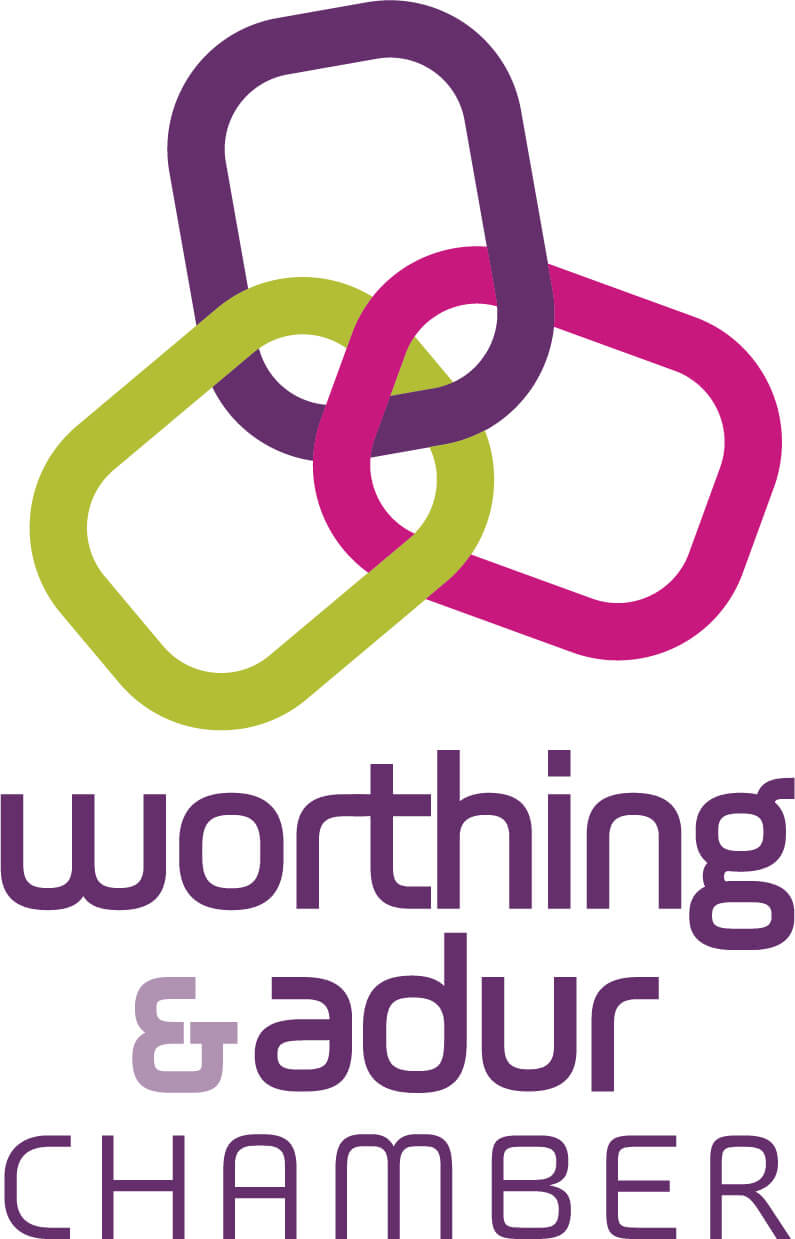Business Support Programme (2024/25)
Adur & Worthing Councils are pleased to be launching a Business Support Programme to assist our local businesses within the areas of innovation, sustainability and leadership & management. Additionally there will be support available for pre-start up and start up enterprises.
This support programme is funded with money from the UK Shared Prosperity Fund awarded by central government, Section 106 contributions from developers and pooled business rates as part of a national retention scheme.
The Business Support Programme has available a very small amount of funding, available to specific, eligible businesses in the form of a grant. Businesses will be identified as eligible to apply, following engagement through one of the support strands. Grants are not guaranteed and will be reviewed by a separate grants panel in order to ascertain best use of the funds and secure the biggest impact for the amount of funding available.
The councils are pleased to be working with Freedom Works, Clean Growth UK and the University of Brighton to bring specialised support to this programme.
To celebrate the launch of the programme we will be holding two events on Monday 20th May 2024 to enable businesses and individuals to find out more about the support available including workshops and mentoring across the four areas of focus.
Please register on Eventbrite to join us on one of the following events:
Places will be limited so please book early to avoid disappointment!
Alternatively to be notified when this programme goes live please complete your details through the link below:


